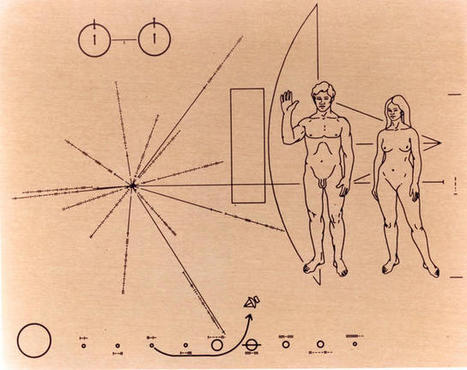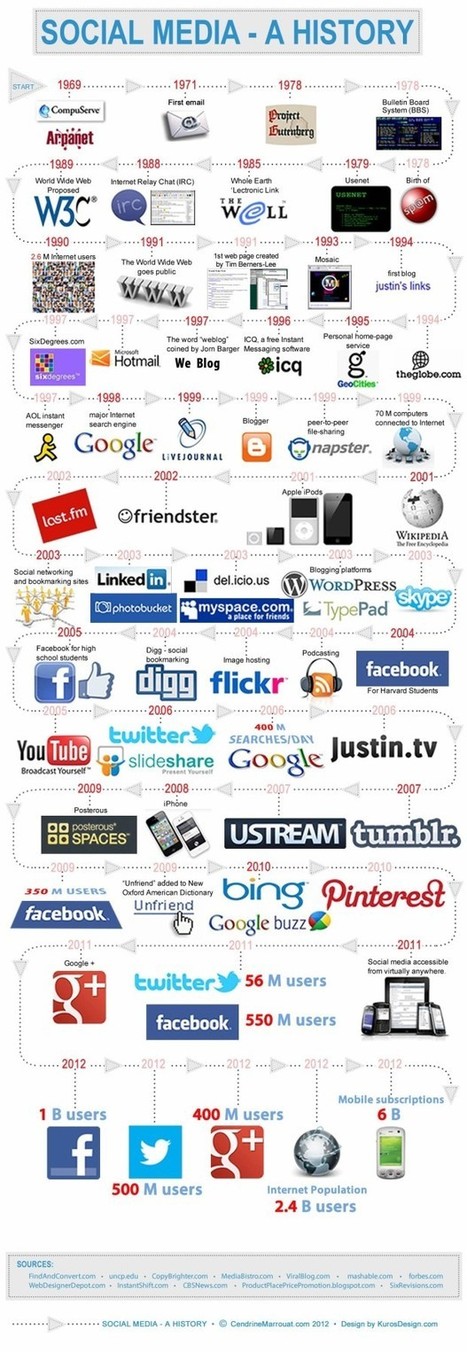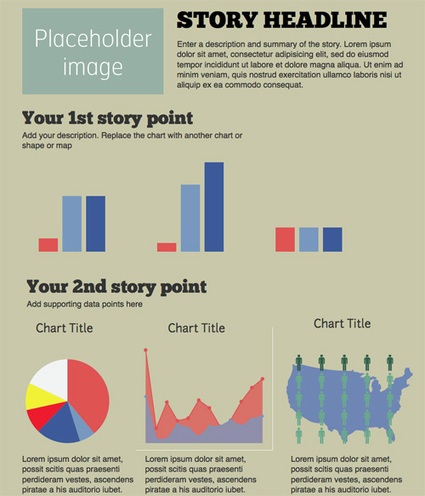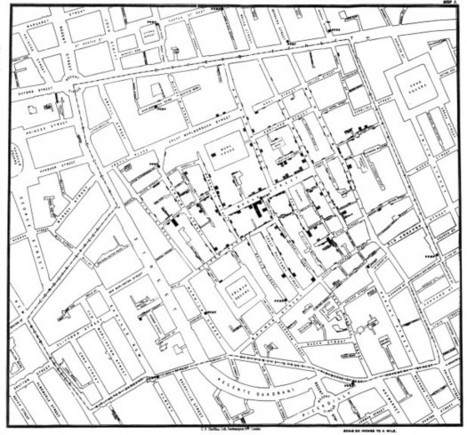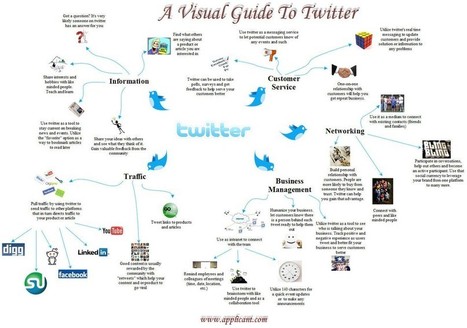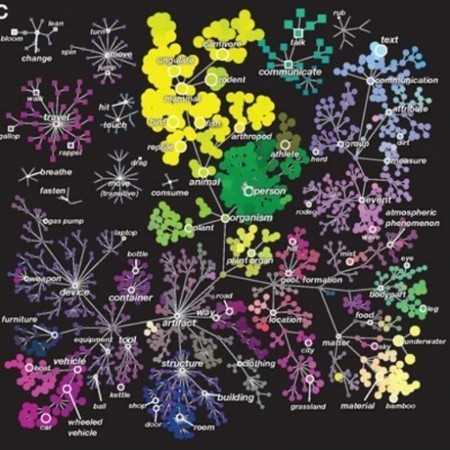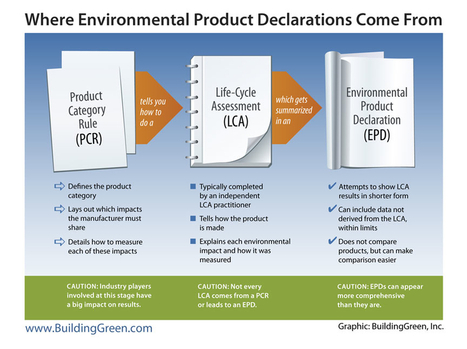Infographics are, simply put, visual representations of data. They serve the purpose of clarifying and communicating complex ideas through a widely accessible
Get Started for FREE
Sign up with Facebook Sign up with X
I don't have a Facebook or a X account
 Your new post is loading... Your new post is loading...
 Your new post is loading... Your new post is loading...

Charles Rein's comment,
July 24, 2013 3:38 PM
From the land of "Wired Telephones" USA, we can now look at how explosive Global growth and the potential 5-7 billion people who will always use a Smart or Cell device

Two Pens's curator insight,
May 13, 2013 1:14 PM
Piktochart is easy to work with and creates a fair Infographic. I still prefer to hire an art director. It's worth the money to have an intelligent designer with you :-) 
Eddie Thornton's curator insight,
May 13, 2013 3:29 PM
Don't forget to add your perspecitve, your insight as to why this infographic add up to more than just numbers and figures on a chart. 
Ness Crouch's curator insight,
May 14, 2013 4:09 PM
Another great link to help create infographics. I'd like to get more time to create these for class...

Louise Robinson-Lay's curator insight,
January 10, 2013 6:44 PM
A nice collaborative tool for images. |

Gordon Shupe's curator insight,
November 18, 2013 9:53 AM
Excellent overview - this is a resource to save and use!

Pedro Barbosa's curator insight,
December 28, 2012 7:53 AM
Excellent articple about neuroscience - visual mapping. Understanding our minds is important on all types of management tasks;)
Pedro Barbosa | www.pbarbosa.com | www.harvardtrends.com 
Beth Kanter's curator insight,
December 30, 2012 4:10 PM
Good points to make about why going visual is important |




